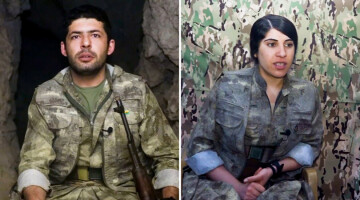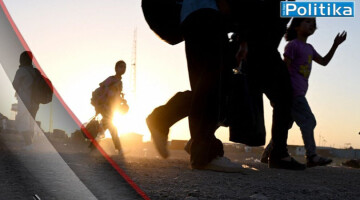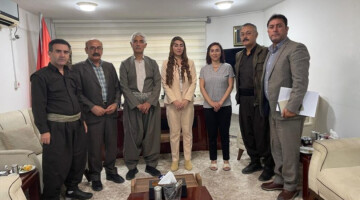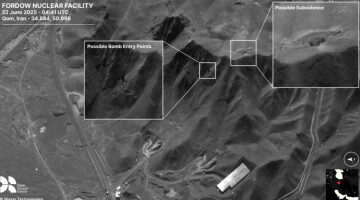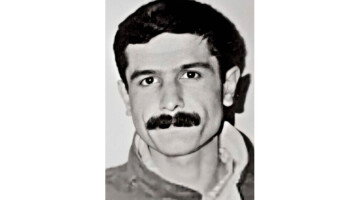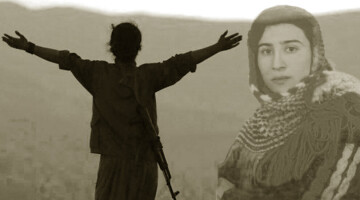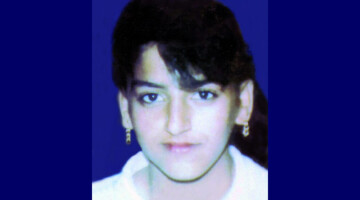Assimilation, destruction, denial and genocide attacks of the Turkish state against the Kurdish people have continued throughout history.
The attacks of the Turkish state intensified when Kurds most resisted. This was the case during the Autonomous Administration (or Democratic Autonomy) proclaimed in Bakur (North) Kurdistan in 2015.
Between the years 2013 and 2015, the Turkish state, while negotiating with the Kurdish people on the one hand, on the other hand, precisely on 30 October 2014, approved a "Plan of Destruction', passed through the National Security Council (NSC). In fact the Plan was nothing short of extermination of the Kurdish people.
In August 2015 Kurds announced local administrative autonomy for Sur – one of several self-rule declarations in cities and towns across the region. The declaration followed the successful 7 June 2015 elections, which saw the HDP comfortably overcome the 10% almost-impossible-to-be-overcome threshold.
Turkey’s government, unnerved by the possibility of more Kurdish autonomy along the lines of that which exists on the country’s borders with Syria and Iraq, responded with a violent crackdown. Hundreds of militants, security forces and civilians were killed.
Curfews were imposed on several towns and districts in the region, with much of Sur placed under lockdown since November. Indeed, what hit Sur was the longest curfew in history.
The curfew was declared on the same day that the former President of the Bar Association, Tahir Elçi, was murdered in front of the historic Four Legged Minaret on 28 November 2015 in Amed. The curfew however was lifted a day later. Only to be announced again on 2 December.
In the five months that followed, some 200 people lost their life while Turkish army employed all war machineries to make sure no trace of Sur would remain... They hit the buildings (among the most ancient buildings in Amed) but they hit the people too. Yet they could not win.
There were 300 YPS members resisting while most of the district had been evacuated when the Turkish army and its mercenaries entered Sur with over 10 thousand men. In the last days of the resistance the F-16s flew over the almost entirely destroyed district. One of the YPS members, Çiyager said: "Whatever happens, the end will be spectacular!"
The resistance of Sur is a film
The resistance was heroic. Now that history and the words pronounced by YPS member Çiyager are being told by a film which will soon reach the screen, Ji Bo Azadiye (The end will be spectacular) by Ersin Çelik.
"Films or novels, including our film, - said director Çelik - can help everyone respond to their own conscience and consciousness. This can only happen by being able to objectively see the story of a period of time, which is meant to be hidden, drown, distorted destroyed. If we are able to see and, moreover, to feel it, then we can criticize. Or we can turn to ourselves to make a self-criticism.
This is what art and cinema can do. It can create memory and ensure that this kind of stories are not forgotten. It can make a story, which is shattered, to be a whole again. Then we can make our decisions with more open heart and mind."



